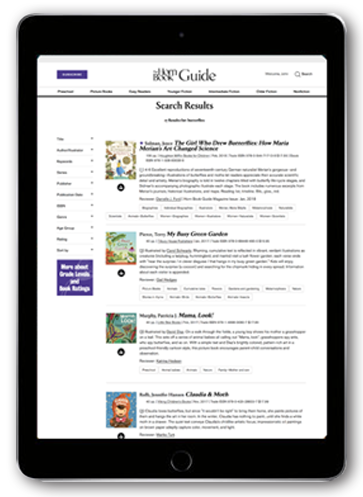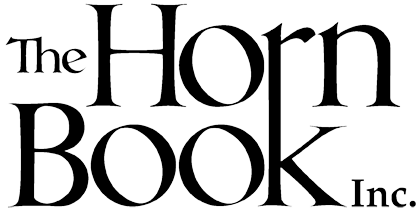Aaron Renier
6 Reviews
(2)
K-3
Illustrated by
Aaron Renier.
Pinkwater and Renier present an absurd and delightfully creepy mock anthropological study of the village of Blinsh, where "not every Blinsher, or Blinshite, if you prefer, is a vampire, but 51 percent of them are, and every family has at least one." The omniscient narrator is humorously sympathetic to vampires, generally overlooking the havoc depicted throughout the illustrations, even going so far as to say that a bite from a vampire could be interpreted as, "Hello, let's be friends." Pinkwater's text is dry and witty, often describing familiar and mundane aspects of town life with great interest. This enthusiasm almost always contains a macabre undertone that skillfully walks the line between funny and frightening. Renier's ink and gouache illustrations feature skillful linework, dynamic layouts, and expressive evening scenes draped in rich hues. A significant portion of the storytelling and world-building is achieved through the visuals alone; in particular, the huge cast of recurring characters, strong sense of physical space (see front endpapers for a detailed map of an idyllic Blinsh), and large variety of races, skin tones, body sizes, ages, and abilities depicted within the community create countless points of access and interest for readers. A brief side trip to the similarly chaotic cities of Blorsh and Farshningle concludes the narration of the book; however, looking very closely, the back endpapers feature an ominous map of Blinsh in disarray, leaving readers to speculate on the fate of the town's living and undead residents.
Reviewer: Patrick Gall
| Horn Book Magazine Issue:
January, 2021
(4)
1-3
Knights' Tales series.
Illustrated by
Aaron Renier.
This fourth installment focuses on the adventures of Sir Balin, chronicling his deeds during the time of King Arthur's Round Table. Younger readers who don't mind the forced humor will appreciate the whimsical text and frequent black-and-white illustrations. Under the whimsy, this is a discussion on fate versus free will.
Reviewer: Antonio Trujillo
(4)
1-3
Knights' Tales series.
Illustrated by
Aaron Renier.
This third series entry focuses on the adventures of Sir Gawain, King Arthur's full-of-himself nephew and a Knight of the Round Table. There are lots of jokes (some a stretch) in the accessible text and cartoony black-and-white brush and ink illustrations. There are some things to be learned, too, about courtesy, friendship, and loyalty.
Reviewer: Antonio Trujillo
(4)
K-3
Illustrated by
Aaron Renier.
On his way home from school, young Digby finds himself enmeshed in a series of improbable events that conspire to keep him from doing his homework. In the end, Digby's yarn captures the president's attention, and she writes him a note canceling his homework. While the cartoon illustrations are too busy, readers will enjoy scanning them for clues about what might come next.
Reviewer: David Elzey
(4)
1-3
Knights' Tales series.
Illustrated by
Aaron Renier.
Sir Givret uses brains rather than brawn to save Guinevere and to aid him on his first quest, helping a fellow Knight of the Round Table who's in danger. While laughing at his adventures (though some laughs are forced), readers will admire Givret's resourcefulness. Comical brush and ink illustrations add to the levity.
Reviewer: Antonio Trujillo
(4)
1-3
Knights' Tales series.
Illustrated by
Aaron Renier.
This book chronicles an oafish Sir Lancelot's deeds and adventures as a Knight of the Round Table. Though some of the humor is forced, readers will laugh at the way Lancelot stumbles and bumbles his way out of danger; they may also learn a little something about Arthurian legend. Cartoon brush and ink illustrations add to the fun.
Reviewer: Antonio Trujillo
6 reviews
We are currently offering this content for free. Sign up now to activate your personal profile, where you can save articles for future viewing.









